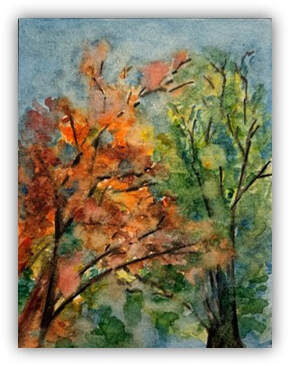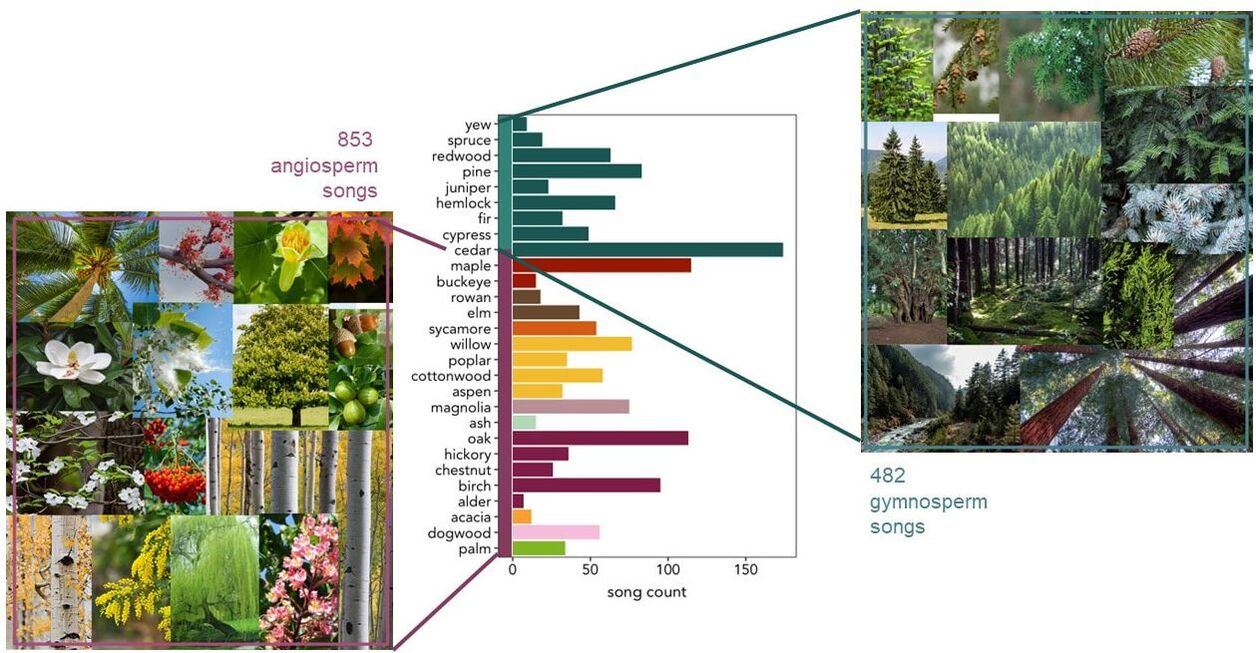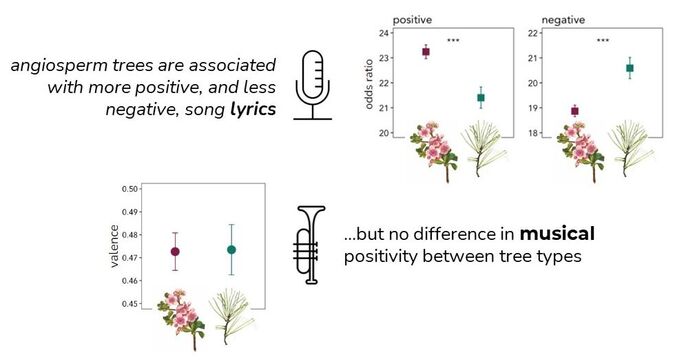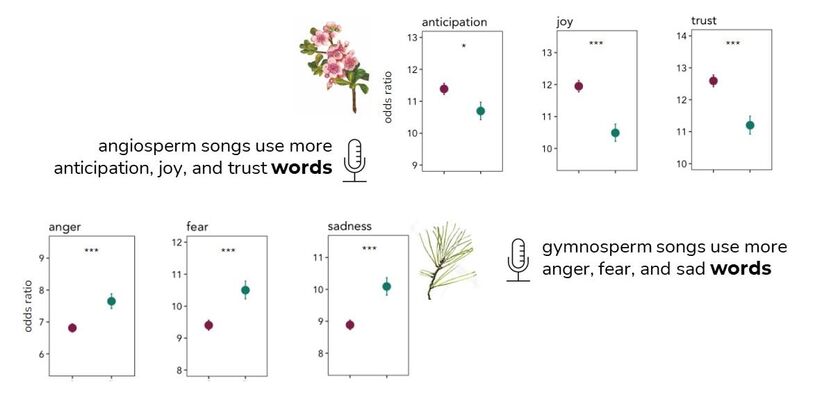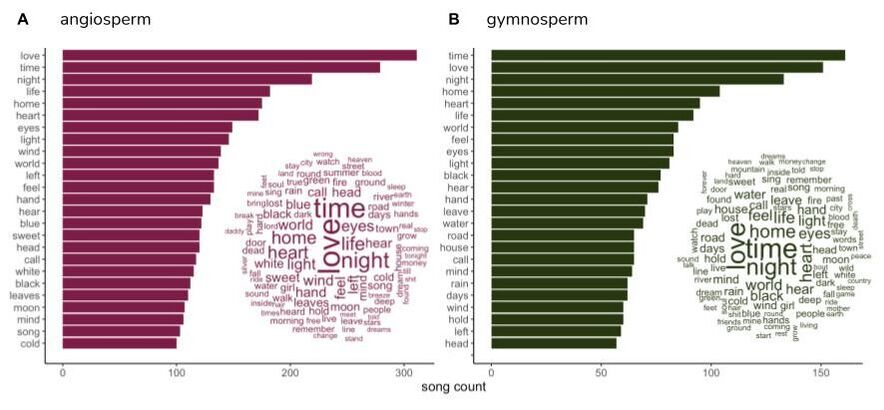Angiosperms & Gymnosperms
Trees are either angiosperms or gymnosperms. This is the broadest evolutionary division of vascular plants.
|
ANGIOSPERMS comprise over 230,000 extant (still living) species. They appeared during the Jurassic-Cretaceous periods over 130 million years ago and are differentiated from gymnosperms by their reproductive structures of flowers and fruit. The fleshy fruit is an ovary produced to contain and protect fertilized seeds, an adaptation that brought about diverse pollination strategies and deciduousness - two diversifying forces. The ability to shed leaves slows metabolism in response to stressful environments which has allowed them to evolve in diverse places. Trees like oaks, maples, magnolias, and palms are in this group.
|
GYMNOSPERMS are an ancient lineage of nonflowering plants comprising about 1,000 extant (still living) species. They were found in the fossil record as early as 363 million years ago, thought to have originated in the Devonian period and becoming prevalent during the Carboniferous period. About two-thirds of all gymnosperms are conifers that make up about forty percent of the world’s forests! Gymnosperms are often adapted to cold climates like taiga and alpine forests. These include pines, cedars, and hemlocks.
|
Positivity & Negativity
Musical valence is a measure of how "positive" a song sounds, not considering lyrics! Did you know that in general, musical valence has decreased over the past seven decades? It also decreases with latitude, meaning that more positive sounds are produced near the equator. Scandinavia – over 4,200 miles from the equator – makes the most negative sounding music. Read more in Dodds & Danforth 2010 and Kolchinsky et al. 2017.
Other Sentiments
Popular words
The two words for both groups are “love” and “time." These are not surprising themes. But, what's interesting is that the "number one position" switches between the tree types. Gymnosperm songs used “time” the most. Trees within the gymnosperm group tend to have associations with memory and the passing of time due to their relative permanence and constant greenness - they are "evergreen." All trees carry some association with time and life, in part due to their long lives. However, it has been suggested that gymnosperms and angiosperm trees reveal different aspects of these themes: gymnosperms endure life while angiosperms submit to cycles of life and death.
